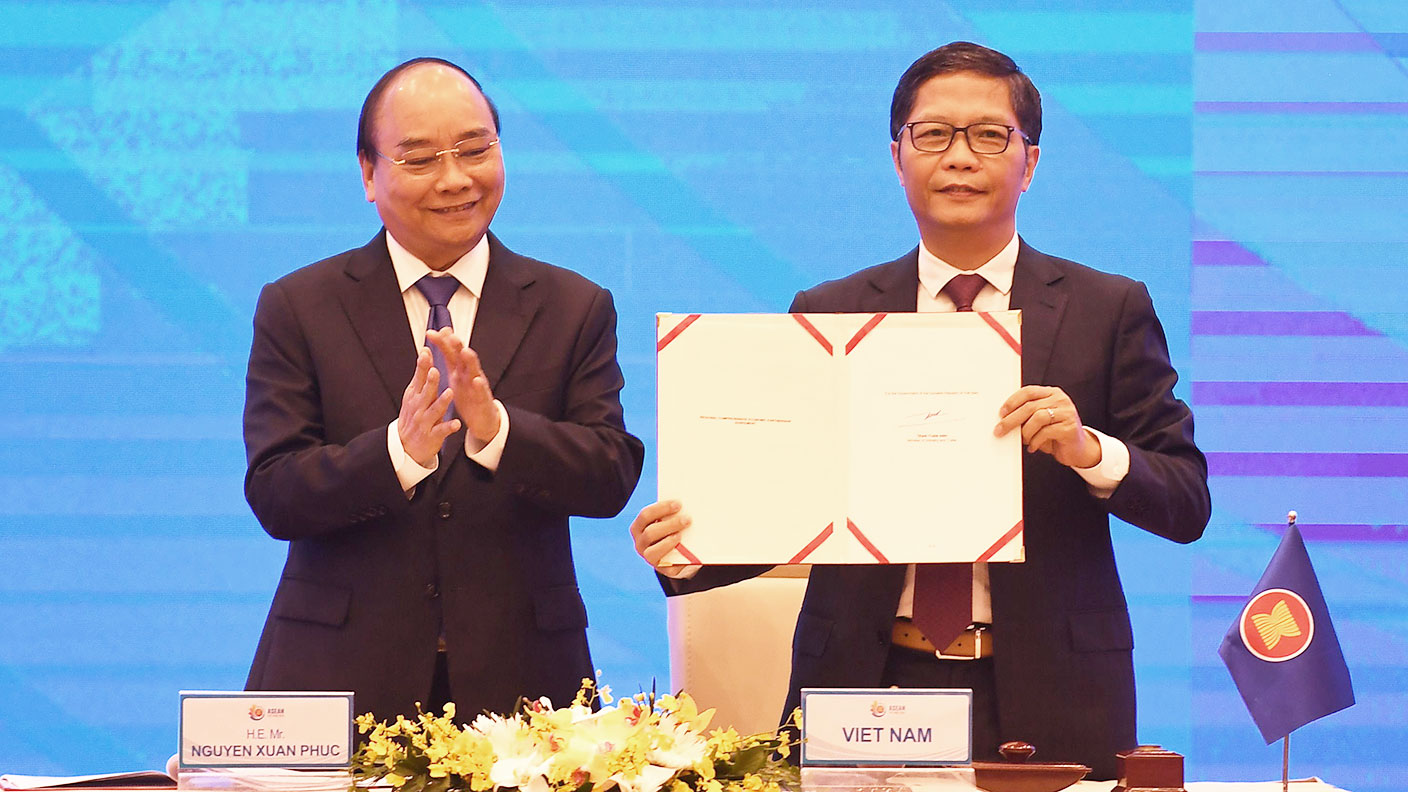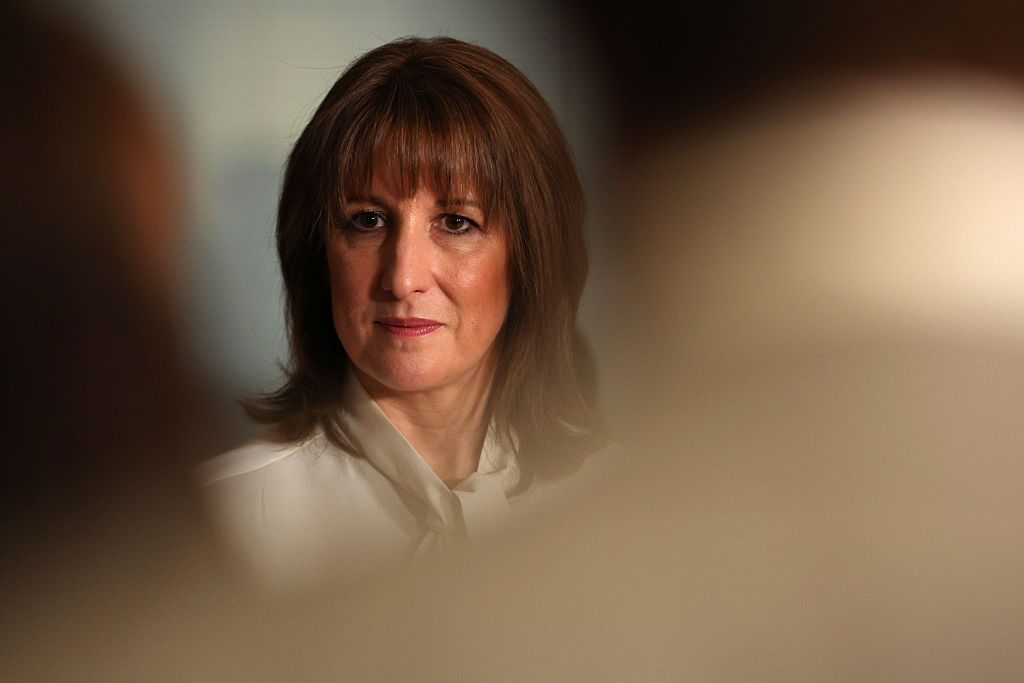Asia's RCEP: free trade without the red tape
Regional Comprehensive Economic Partnership (RCEP), Asia's new trading block, shows that it is possible to create large single markets without making the EU’s mistakes, says Matthew Lynn.


This week saw the signing of the Regional Comprehensive Economic Partnership (RCEP), an unwieldy name for a vast new trading bloc that will cover 15 countries, including China, South Korea, Australia, Malaysia and Vietnam. Between them those countries account for a third of the world’s population, and 30% of global GDP. It will be the biggest single trade bloc in the world. How deep that integration turns out to be, and how much it will be dominated by China, and how much it boosts trade, remains to be seen. But there can be no question that it is a huge step towards dismantling trade barriers.
A blossoming of blocs
It is not alone. Over the course of the coming year the African Continental Free Trade Area will come into effect – Nigeria, Africa’s biggest economy, has just ratified it – taking down tariffs and liberalising trade in one of the fastest-growing regions of the world. It will cover 1.2 billion people and $3trn in combined GDP, and should substantially boost trade across the continent. South America already has the Mercosur free-trade zone and that is gradually being deepened and strengthened, and North America has a revamped Nafta. The net result is that there are now four major trading blocs in the world, of which the EU’s single market is just one. That matters for three reasons.
First, in many ways the latest trade areas are far better designed than the EU’s. None of them have all the baggage of a superstate that the EU insists is essential to make a free-trade area work. There isn’t a commission based in Malacca or Lagos drawing up tens of thousands of directives, there aren’t any flags or anthems, and the Australians and the Vietnamese and the Kenyans and the Ghanians don’t have to elect anyone to a supranational parliament. They are far simpler to run and they don’t provoke the kind of nationalistic backlash that the EU does, nor does it create a clique of over-powerful regulators who are accountable to no one. Tariffs get taken down and common rules are established, and that is just about it. If it works for Asia and Africa it will show that much of the state-building the EU insists on is nonsense. You can trade freely without it.
MoneyWeek
Subscribe to MoneyWeek today and get your first six magazine issues absolutely FREE

Sign up to Money Morning
Don't miss the latest investment and personal finances news, market analysis, plus money-saving tips with our free twice-daily newsletter
Don't miss the latest investment and personal finances news, market analysis, plus money-saving tips with our free twice-daily newsletter
Second, the new trade blocs are designed for the 21st century, not the 20th. The EU’s single market is already 30 years old. It was designed at a time when fax machines were the quickest way to send documents and phones were things you spoke into (and usually came with wires plugged into the wall). Asia’s new trade zone is far stronger on issues such as services and intellectual property, which the EU has so far struggled to liberalise effectively. So is the African deal. In truth, under World Trade Organisation rules, tariffs on goods are mostly fairly minor anyway. The new round of trade blocs will be opening up markets in the sectors of the economy that really matter – and where there is real potential for liberation to drive growth. The EU’s single market has hardly even started on that.
The EU is yesterday’s news
Finally, the EU is steadily becoming less and less important. For most of its history it was the biggest trade bloc in the world and the richest as well. That was a big deal and gave it a lot of muscle. Every company in the world had to think about what the EU rules were and what it needed to do to access that market. But the fourth or fifth biggest trade bloc in the world and the one with the slowest growth? It is not quite the same thing. It won’t have quite the same sort of muscle. Companies will be less worried about its standards. Other countries may still want to secure access to its markets, but it will hardly be much of a priority and they won’t be willing to offer much in the way of concessions to get a deal.
The EU’s commissioners still act as if they are in charge of the most important market in the world. But that is not true anymore – and it is getting less and less true with every year that passes. The UK need not worry about leaving too much – there are now several far more important blocs it can trade with instead.
Get the latest financial news, insights and expert analysis from our award-winning MoneyWeek team, to help you understand what really matters when it comes to your finances.
Matthew Lynn is a columnist for Bloomberg, and writes weekly commentary syndicated in papers such as the Daily Telegraph, Die Welt, the Sydney Morning Herald, the South China Morning Post and the Miami Herald. He is also an associate editor of Spectator Business, and a regular contributor to The Spectator. Before that, he worked for the business section of the Sunday Times for ten years.
He has written books on finance and financial topics, including Bust: Greece, The Euro and The Sovereign Debt Crisis and The Long Depression: The Slump of 2008 to 2031. Matthew is also the author of the Death Force series of military thrillers and the founder of Lume Books, an independent publisher.
-
 The war dividend – how to invest in defence stocks as the world arms up
The war dividend – how to invest in defence stocks as the world arms upWestern governments are back on a war footing. Investors should be prepared, too, says Jamie Ward
-
 Did COP30 achieve anything to tackle climate change?
Did COP30 achieve anything to tackle climate change?The COP30 summit was a failure. But the world is going green regardless, says Simon Wilson
-
 Rachel Reeves's punishing rise in business rates will crush the British economy
Rachel Reeves's punishing rise in business rates will crush the British economyOpinion By piling more and more stealth taxes onto businesses, the government is repeating exactly the same mistake of its first Budget, says Matthew Lynn
-
 Leading European companies offer long-term growth prospects
Leading European companies offer long-term growth prospectsOpinion Alexander Darwall, lead portfolio manager, European Opportunities Trust, picks three European companies where he'd put his money
-
 How to capitalise on the pessimism around Britain's stock market
How to capitalise on the pessimism around Britain's stock marketOpinion There was little in the Budget to prop up Britain's stock market, but opportunities are hiding in plain sight. Investors should take advantage while they can
-
 London claims victory in the Brexit wars
London claims victory in the Brexit warsOpinion JPMorgan Chase's decision to build a new headquarters in London is a huge vote of confidence and a sign that the City will remain Europe's key financial hub
-
 Reinventing the high street – how to invest in the retailers driving the change
Reinventing the high street – how to invest in the retailers driving the changeThe high street brands that can make shopping and leisure an enjoyable experience will thrive, says Maryam Cockar
-
 The consequences of the Autumn Budget – and what it means for the UK economy
The consequences of the Autumn Budget – and what it means for the UK economyOpinion A directionless and floundering government has ducked the hard choices at the Autumn Budget, says Simon Wilson

